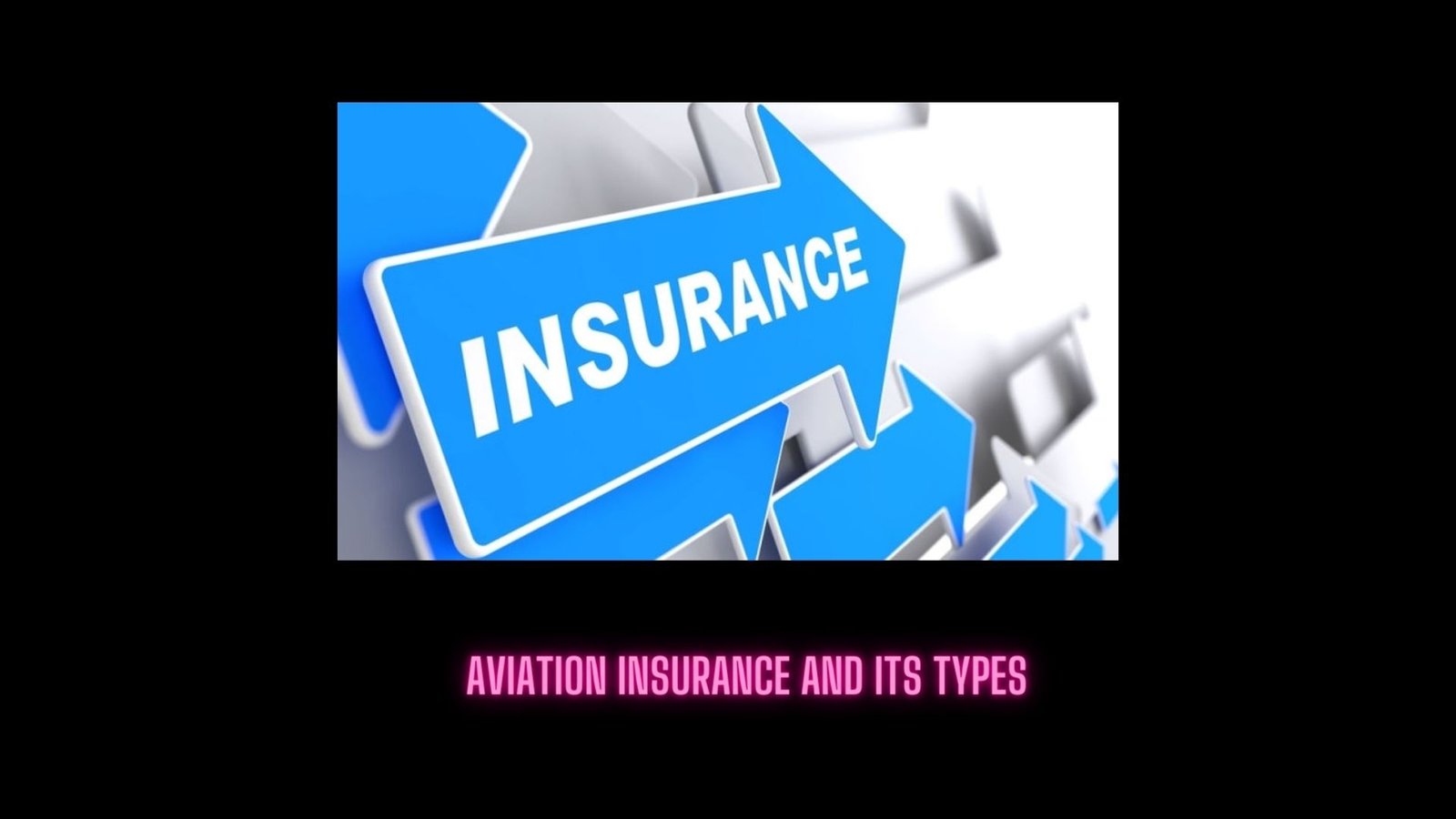Aviation Insurance and Its Types
Aviation insurance is a specialized type of insurance that provides coverage for risks associated with the operation and ownership of aircraft. It is designed to protect aviation-related businesses, aircraft owners, pilots, and other stakeholders from financial losses resulting from accidents, incidents, or other perils involving aircraft.
Boeing 737 MAX Maneuvering Characteristics Augmentation System (MCAS) Issues Explained
There are various types of aviation insurance policies available to cater to different aspects of the aviation industry, including:
Types
Aircraft Hull Insurance: This type of insurance covers damage to the physical structure of the aircraft itself, including its frame, engine, and other components. It typically provides coverage for accidents such as collisions, crashes, or damage caused by natural disasters.
Liability Insurance: Aviation liability insurance covers bodily injury and property damage claims that may arise due to an aircraft accident or incident. This is important for aircraft owners, operators, and pilots to protect them from potential legal liabilities.
Passenger Liability Insurance: If an airline or aircraft operator carries passengers, they may opt for passenger liability insurance to protect against claims arising from injury or harm to passengers during flights.
Cargo Insurance: Cargo insurance covers the loss or damage to cargo being transported by aircraft. It provides financial protection to cargo owners or shippers in case of damage or loss during transit.
Hangarkeeper’s Liability Insurance: This type of insurance is for operators of hangars or storage facilities where aircraft are kept. It protects against damage to aircraft while they are on the ground.
War Risk Insurance: Aviation war risk insurance covers aircraft operating in areas of heightened political instability or conflict zones.
Aviation insurance is highly regulated and often requires specialized underwriting due to the unique risks associated with aviation. The cost of aviation insurance premiums depends on various factors, including the type of aircraft, its usage, pilot experience, and the coverage limits selected.
Aircraft owners, operators, and other aviation industry professionals typically work with insurance brokers or companies with expertise in aviation insurance to obtain the most suitable coverage for their specific needs.

Challenges
Premium Factors: The cost of aviation insurance premiums depends on factors such as the type of aircraft, its usage, pilot experience, and the coverage limits selected.
Importance of Specialized Underwriting: Aviation insurance requires specialized underwriting to assess the unique risks associated with aviation operations accurately.
Insurance Brokers: Aircraft owners and operators often work with insurance brokers or companies with expertise in aviation insurance to find the most suitable coverage for their specific needs.
International Coverage: Aviation insurance may provide coverage for operations in different countries, considering the global nature of the aviation industry.
Risk Mitigation: Implementing comprehensive safety measures and risk management protocols can positively impact aviation insurance premiums by reducing the overall risk exposure.
Industry-Specific Challenges: Aviation insurance faces challenges related to factors like the complexity of aircraft technology, market fluctuations, and the impact of major incidents on insurance rates.
Customized Policies: Aviation insurance policies are tailored to meet the specific requirements of different stakeholders within the aviation industry, ensuring comprehensive protection against potential liabilities.
Aviation insurance is a critical aspect of the aviation industry, providing financial protection to stakeholders and enabling the safe and secure operation of aircraft around the world.

